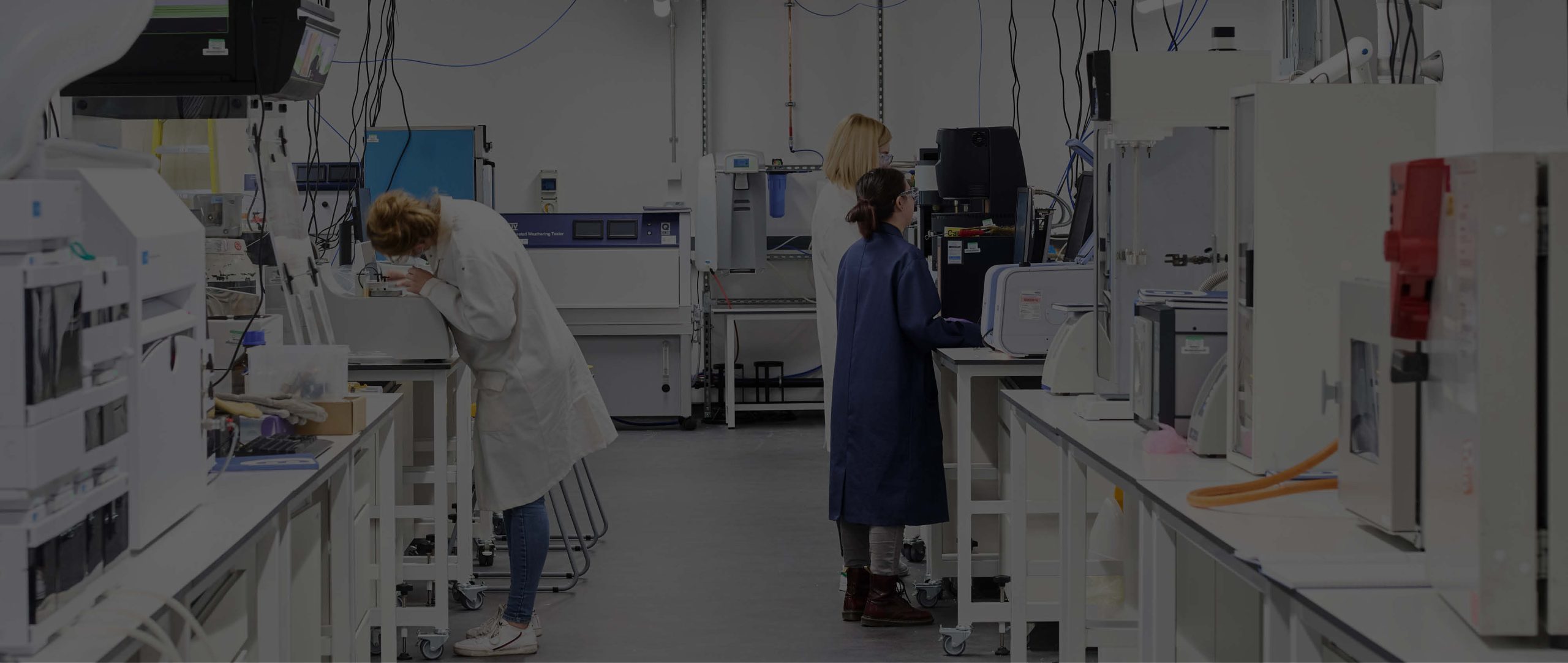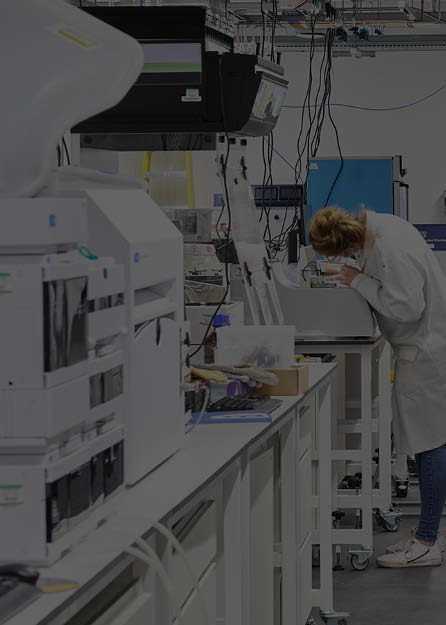Technology Platforms
Royce Technology Platforms are groupings of cutting-edge facilities and expertise. Each Platform has a Technology Platform Lead responsible for developing and enhancing the facilities and supporting related research activities which utilise Royce Equipment
UHV 2D Materials & Assembly
The Royce ultra-high vacuum (UHV) 2D materials facility combines world-leading academic research and a unique equipment suite to enable further research, prototyping and feasibility studies of 2D material-based optoelectronic devices.














